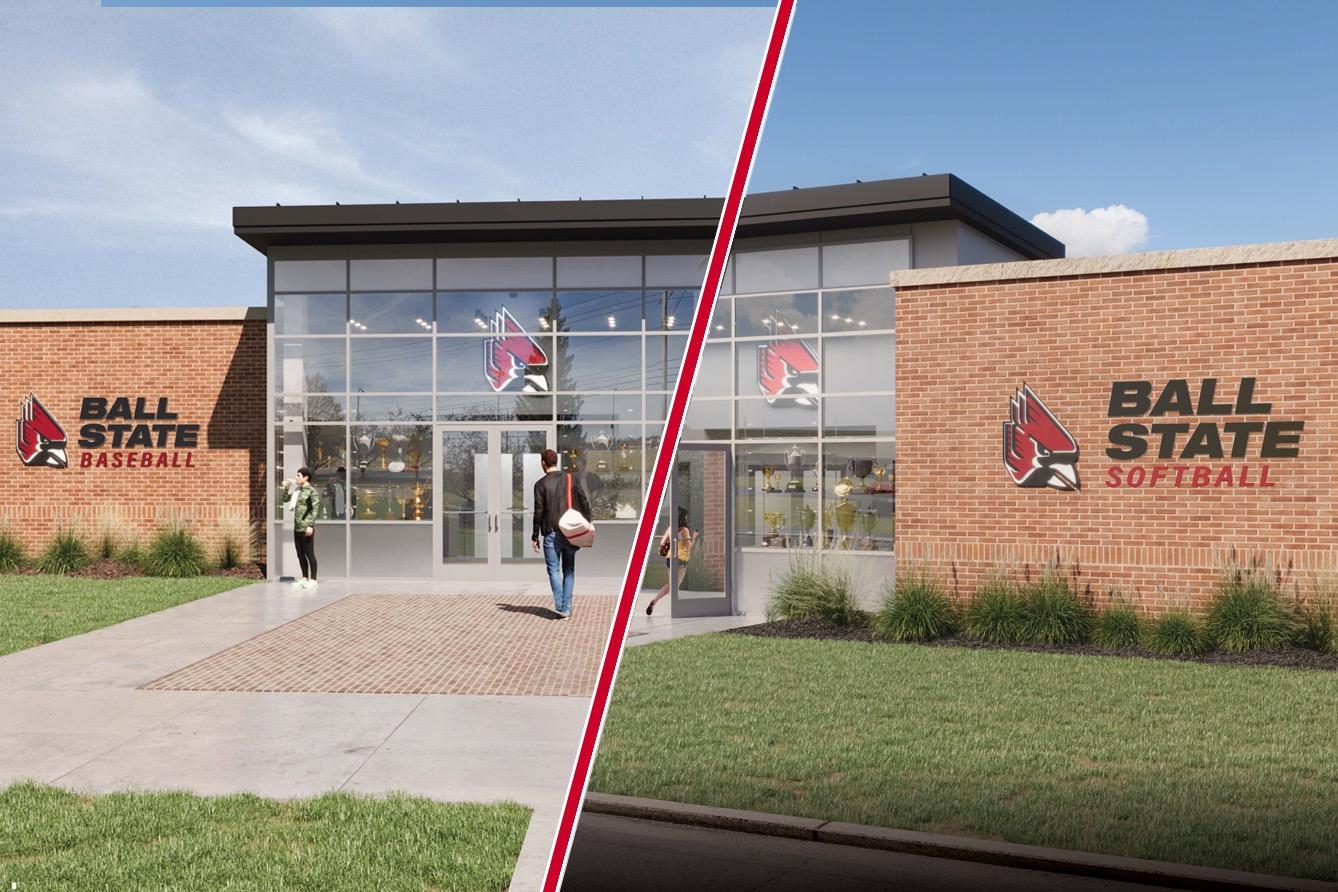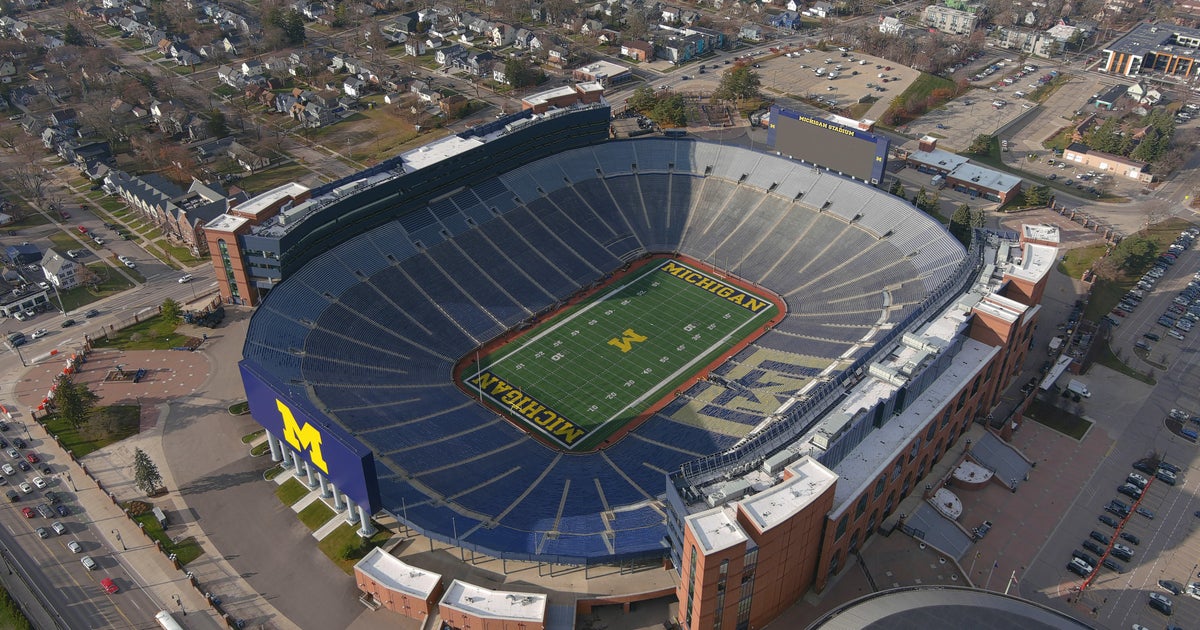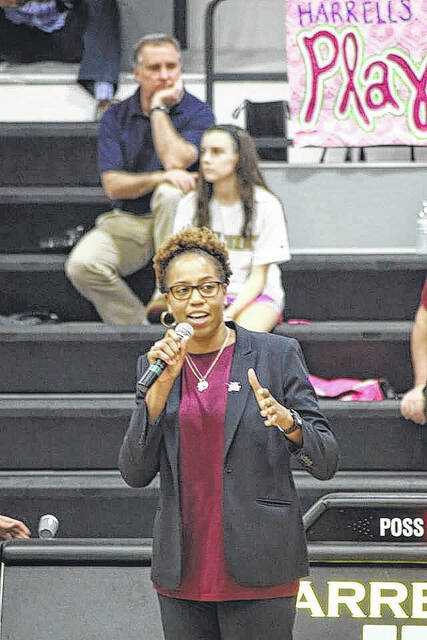Big news hit the WNBA Monday morning, and with it came some news for a Sampson County native, too. Cleveland, Detroit and Philadelphia were all approved for teams at the highest level of women’s basketball once more, and Lakewood alum Chasity Melvin — a first-round pick by the original Cleveland Rockers, a WNBA all-star and a North Carolina athletics Hall of Fame member — said she was inundated with calls and messages when the news broke.
“It was amazing. It was really amazing for me. It was a dream come true,” Melvin shared in an interview about her time in Cleveland. “I had such a great appreciation because I had actually entered the ABL before the WNBA … So I got drafted by the ABL, and then I was fortunate enough to get drafted by the WNBA. I was so appreciative of the Cleveland Rockers taking me at the 11th pick.”
A bit of a culture shock for the North Carolina native came next, she admitted.
“I had never really been to the Midwest, so to go to Cleveland with my family, it was just a lot of fun for us coming from southeastern North Carolina and being able to go out there,” the former Leopard added. “It was kind of a mutual culture for North Carolina and Cleveland, you know, hard hard-working town. That’s where I was from — humble beginnings. For me, it just correlated. And I was super excited to be a part of the Rockers.”
Shortly after arriving in Cleveland, things clicked for Melvin, and she got to work for the Rockers in the 1999 season — just the third in Cleveland’s existence as one of the eight founding members of the WNBA. But, to get to that echelon of the sport, she first made a pit stop at N.C. State, where she made a name for herself.
In fact, there wasn’t a season that Melvin was with the Wolfpack where the team didn’t make the NCAA tournament, with a trip every year from 1995 through 1998.
One visit to the Wolfpack’s athletic Hall of Fame website will show a slew of accolades for the 2014 inductee, like her four separate All-American awards, her honorable mention for the Wade Trophy, ACC and NCAA awards, her No. 4 spot in both points and rebounds and her program records for free throw attempts in a season and a career for N.C. State. The page also explains that she is one of seven N.C. State women’s basketball players with their jersey retired, a member of the ACC 50th anniversary team, and she even received an invite to the Olympic trials in 1996.
Although her story has been told been over and over again, it was Monday’s news that brought the retelling to the surface once more, now that her former team was brought back.
The Cleveland Rockers, which were founded in 1997, folded in 2003 after owner Gordon Gund and his family couldn’t find a buyer just a year after purchasing the team outright from the league. Melvin and her teammates were sent to other teams in a dispersal draft, but not before a playoff berth, which saw the Rockers fall to the Detroit Shock — another team that recently got approval to return to the league — in the first round of the playoffs that ended with Detroit winning the championship. Melvin was taken as the second player overall in the dispersal draft, landing in Washington, D.C., to play for the Mystics.
“My mindset coming into the WNBA was that I’d always been a proponent of women’s basketball,” the now-TV analyst shared. “My dad had always told me, ‘Every time you play, you’re introducing people to the women’s game, so put on a show.’ I always wanted to make sure I entertained people, make sure I inspired people, and make sure I gave my best effort on the court. I wanted people to feel my passion for playing the game of basketball, and feel my enjoyment of it and my appreciation of it.
“And I’d always been that way. It was kind of surreal for me as well, because I used to tell people in my small town in North Carolina that I was going to play professional basketball. People were quick to say, ‘Oh, no one cares about women’s basketball. They don’t have women’s pro teams and college is as far as you’ll go.’”
In the 2001 season, across just 32 games, the Rockers saw the best season in the team’s short existence, and the No. 1 seed after taking the Eastern Conference, but North Carolina’s Charlotte Sting upset the Rockers in the first round. That season would be Melvin’s all-star campaign, when she started 20 of the 27 games she played in, averaging 27.9 minutes a game and a 9.9 PPG and 5.7 boards per contest as well.
“Even throughout my collegiate years, and obviously I have the records and high achievements and decorated career there to prove it, I felt like every year I was preparing myself to be a pro. I was always preparing myself for if there was ever an opportunity, I wanted to be ready,” she continued. “That’s how I pushed myself.”
Although an athlete from a young age, Melvin said her time in Cleveland introduced her to a sport she had never seen in person.
“I had a great rookie season,” she recalled. “The fans were unbelievable. I loved playing in the Gund Arena. Like, I was so strictly basketball, but then I came to Cleveland, a great sports town, and I had followed the NBA with my dad and my brother, so I knew about the Cavs. I was just as hurt as the Cavs when Jordan hit that shot. But to fall in love with the Cleveland Indians.
“Mr. (Gordon) Gund would make sure we would go to the Indians games as a team to develop familiarity and relationships with the teams, so we loved going to the Indians games. That was so much fun for me. And that was the first time I had gone to a major league baseball game.”
Proving her knowledge of the early aughts Cleveland baseball team, she reminisced about telling her friends about her experiences: “I used to tell all my friends, going to the baseball games is fun. Like, watching it on TV is totally different, but being in that atmosphere, being there when Kenny Lofton was there, he came to the (Rockers) games and sat courtside. We loved going to the Indians games, that was big for me.”
Melvin’s time in Cleveland, like her teammates’, was cut short — but not by her own doing. The team announced in December of 2002 that they would be folding.
“They taught us how to be pros. I’ll never forget Wes Unsled, when he was there. He used to come and talk to the team and teach us about representing the organization and how to be a pro, so I learned some valuable traits being there with the Cleveland Rockers,” Melvin said. “It was completely devastating for me when the Rockers folded. We kind of got the news early, mid-season. That year, we really tried to fight, like maybe if we could win the championship, they’ll keep the team. We lost to Detroit that year and they went on to win the WNBA championship.”
With a quick shoutout to announcers like Tom Hamilton and Jim Donovan for their work with Cleveland sports, she continued her praise for the town, which is something to note after current Indiana Fever player Sophie Cunningham’s comments in regards to the WNBA’s announced expansion to Cleveland and Detroit.
“For me to go into a professional sports town like that, that was a dream come true, because I was considered a ‘tomboy’ growing up, so I watched all of the sports with my dad. We were a big basketball family. I grew up watching the NBA. I patterned a lot of my games after some of the great centers, like Hakeem Olajuwon with the baseline spin move,” said the 6-3 center. “I watched the league for a very long time, so to come to the Cavs and play for the Rockers and then the owner, Mr. Gund, was unbelievable to us.”
That’s when Melvin began her praise for the wealthy philanthropist, who for many in Northeast Ohio was a household name for many years.
“He believed in women’s sports way before other people really believed in it, and obviously, that was a big reason why we folded because it was a change of ownership,” she continued. “Even though he was blind, we really felt like he saw each and every one of us. He was a hands-on owner, and that’s rare in professional sports, especially for women’s sports. We were really spoiled. There was a lot there for the Cleveland Rockers, so for the Cleveland team to be coming back, I know the fans are super excited, the city is excited.”
Excitement from the fans came pouring in quickly, she said.
“The fans from the Rockers have always been supportive through the internet with Facebook, Twitter, people DM or send me pictures, and now that the kids are grown up, they say, ‘We used to come to the games, we used to watch you when we were kids,’ so I think it’s going to be huge for Cleveland to bring the Rockers team back.”
After spending over a decade in the WNBA, Melvin travelled internationally to play basketball, in places like Spain, Israel and other countries that are home to overseas basketball.
“First and foremost, it was going overseas for my first time,” she said. “I was literally coming from the South. I was a deer caught in headlights. That was really what it was.”
She spoke on things like experiencing other cultures and the rigorous schedules involved.
“Traveling abroad, year after year, and coming back and playing in the WNBA, it just made me culturally diverse. I have a lot of multicultural relationships because of that. It’s broadened my horizons. It’s given me a unique resume compared to a lot of other pro players because I’ve played in nine different countries, I’ve won championships in six of them, and I’ve just developed relationships across the board.”
One thing Melvin discussed was mental health, a topic that has seen more support in this generation of athletes, she said, compared to her own time on the court.
“For the fans, their perspective is that they’ll never understand that athletes never forget,” she said, in a bit more somber of a tone than before. “I know I’ve heard Dawn Staley in many interviews say she’ll never forget losing at Virginia and not winning that NCAA championship, so it’s something we live with forever. Our careers are so short, and we retire from playing that pro sport, but the games and those moments live with us for eternity. We’ll be in the old folks’ homes still remembering, like dang, if I would have made that one free throw. So, for most of the pro players, we’re so passionate about the game. It just never leaves us. The wins, the losses and the relationships.
“That’s what you miss most when you stop playing — those relationships with your teammates,” she added.
With an anecdote from current WNBA player Courtney Williams, Melvin said it was a great definition of how players deal with the mental aspect of things like social media.
“These people aren’t real. These people aren’t my friends. These people don’t know me, they don’t know how hard I work,” were Williams’ words, which Melvin found solace in.
“I do think, with the positive atmosphere around mental health, and the fact that these athletes are talking to therapists, they have mental health forums. We didn’t have that while we played. I think most athletes in my generation were taught to compartmentalize and kind of like, go in character once they stepped on the court, and I think the current athletes are allowed to be themselves. They’re allowed to take mental health break days. And there’s not a taboo around needing to talk to a therapist or being depressed,” Melvin added.
Melvin and her generation, like Lisa Leslie or Tina Thompson, paved the way for the meteoric rise of women’s basketball recently, with names like Caitlin Clark and Angel Reese being spoken across the country much more than women’s basketball players of the past. Chasity shared her thoughts on the subject:
“I think two things (caused the increased viewership). I think the first thing is NIL in college,” she began. “I think NIL just boosted women’s college basketball across the board. When I played, when Diana Taurasi played at UConn, everyone kind of knew about UConn, but only once they won the championship. And I think NIL, for these athletes to have brand sponsorships, to be in commercials, it just eased the way and it helped fans cross over from collegiate athletics to the pros, because there was always a disconnect from women’s college basketball and the WNBA.
“The fans were like, ‘OK, who’s next?’ but didn’t really follow collegiate stars into the WNBA, but I think the NIL helped bridge the gap between collegiate fans crossing over to the WNBA, so that’s helped tremendously. And then with that help, with seeing the Caitlin Clarks and Angel Reeses, the different players in commercials, like, hey, they’re stars. They’re not just good women’s basketball players, but they’re stars, similar to the NBA players that you see in commercials.”
The other aspect of the rise she mentioned was along the same lines, about how people seeing these players every day, and in the spotlight, made it less taboo to talk about.
Today, Melvin serves in a media role for the Washington Mystics, something she dreamed of as a child, she said. She majored in communications at N.C. State, which paved the way for her post-retirement career.
“My whole dream, my entire dream before the pro teams came about, was to be the next Robin Roberts. So it’s kind of like I’m living backwards, so now I’m actually going after the dream I had in college and what I went to school for, and that was to become a sports analyst on-air talent,” the analyst said.
“This is my third year. I hadn’t really been public about it a lot. It’s not national TV, it’s on their app, but I’m enjoying it,” she shared.
Reach Brandt Young at (910) 247-9036, at [email protected], or on the Sampson Independent Facebook page.












 | December 16, 2023
| December 16, 2023















































